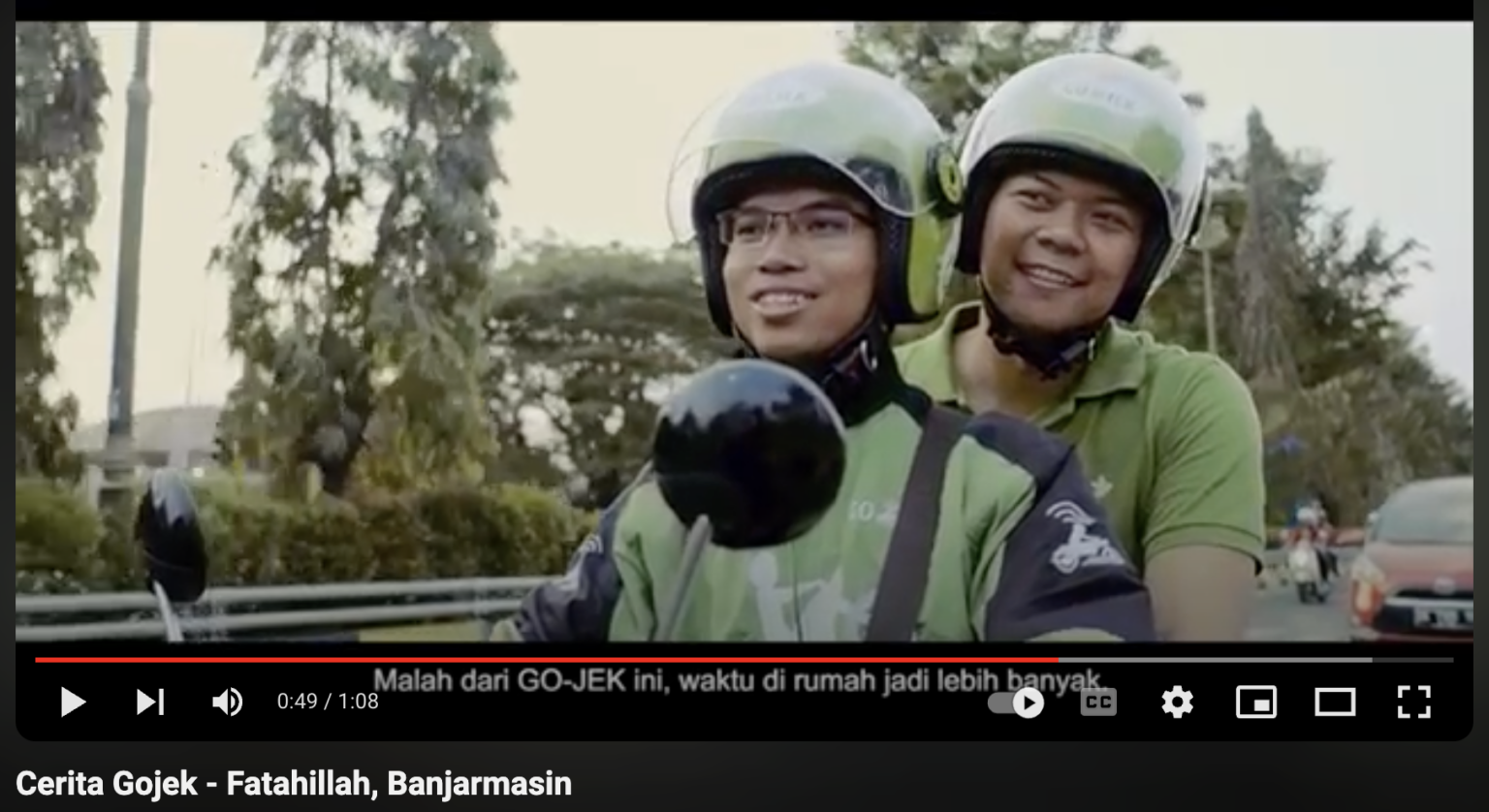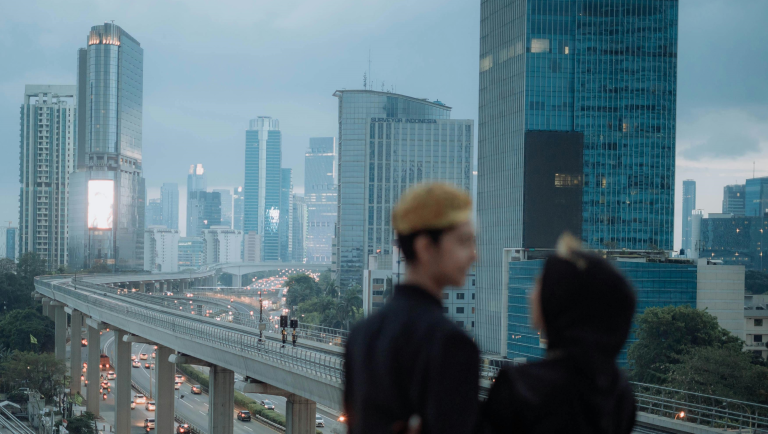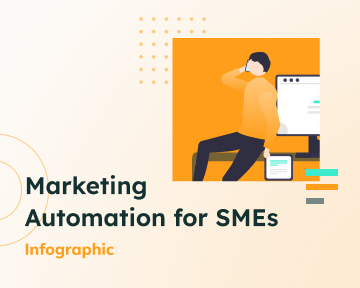Continuing our series of articles dedicated to the state of marketing in South East Asian countries, this time we cover Indonesia.
Indonesia consists of several large regional markets and a variety of niche and micro-niche markets. The consumer market is widely spreaded over 17,500 islands where consumer’s tastes and preferences may largely vary heavily influencing marketing operations in the region. Diverse mix of cultures, population size, income inequality and varying levels of economic development within different areas create a challenging environment for marketers. In a country such as Indonesia, a single marketing strategy simply won’t work for everyone.
Mixed with old-fashioned ways of promotion and modern digital methods, Indonesian marketing is a blend of approaches. If you’d like to find out more about Marketing in other Southeast Asian countries, check out our article from the same series on uncovering the state of marketing in Malaysia.
Traditional Methods vs. Modern
Traditional advertising mediums such as billboards, ads in buses, trains, and taxis are commonly used by companies that are trying to capture the attention of customers. However, the majority of Indonesia’s advertising budget is gradually redirecting towards the online environment via search ads, displays and video. With an annual digital advertising spend of $2.56 billion, this market presents a beneficial opportunity for marketers and advertisers.
Did you know?
Ad spending in the advertising market is projected to reach US$6.92 bn in 2024.
Source: Statista, 2023.
For now, television and video advertising accounted for the largest portion of this market, followed by search and digital banner advertising. However:
Did you know?
By 2028, digital advertising is projected to claim 53% of the market share.
Source: Statista, 2023.
It is clear that digital technology is playing an increasingly large role in reaching diverse Indonesian customers that are distributed in different regions. Indonesians prioritise mobile usage, largely relying solely on smartphones to access the internet. This makes mobile marketing strategies, such as SMS campaigns, app advertising, and mobile-friendly websites, extremely important. Nevertheless, it is still important to note that Indonesia has the highest number of population within the entire Southeast Asian region, and not all of them are digitally savvy. Therefore, to maximise your reach, consider adopting an integrated marketing strategy that combines both online and traditional methods. This way, you can cater to a diverse audience and increase the overall effectiveness of your campaigns.
Transforming Retail
The retail industry in Indonesia is highly promising amongst other SEA countries. This is due to its large population and the expanding middle class that possesses greater household purchasing power and is adopting modern spending habits.
While traditional retail channels like small neighbourhood stores and traditional markets (known as “gerai”) still hold a strong presence in Indonesia’s retail sector, the share of modern retail is rising. As customers explore various options including convenience stores, hypermarkets, supermarkets, and department stores, the modern retail landscape has become more diverse.
At the same time the e-commerce sector in Indonesia is experiencing unprecedented growth, fueled by a prospering middle class and increased internet penetration. The top industries driving the e-commerce market are electronics, fashion, food, and furniture. Marketers are capitalising on this trend by embracing digital storefronts and innovative online marketing tactics.
As the traditional brick-and-mortar stores are still powerful shopping destinations in Indonesia, next to growing e-commerce platforms, omnichannel marketing plays a significant role. It allows Indonesian consumers to have a seamless customer experience, no matter what their purchasing preferences are.
Influencer Marketing: Growing Importance
Did you know?
167 million active social media users in Indonesia by February 2022, ranking third in Asia Pacific, after China and India, and the largest in Southeast Asia.
Source: Statista, 2024
With social media currently representing 41.4% of the nation’s overall digital advertising expenditure, the social media environment presents significant opportunities for marketing activities.
Leveraging on the power of influencers has become one of the core Indonesian marketing strategies. Collaborating with local celebrities, bloggers, and social media personalities allows brands to tap into niche markets and foster authentic connections with consumers. And while macro-influencers still hold their dominant position, micro-influencers are gaining traction in Indonesia. These smaller-scale influencers often boast highly engaged, niche followings, offering brands an opportunity for targeted outreach.
Here are the largest social media platforms in Indonesia, with more than 90% of all Indonesians using each of the services:
- Whats App
- YouTube
- TikTok
Previously, social media has primarily served as a means for Indonesians to connect and engage with friends and family. However, a growing number of brands are now integrating social media into their marketing strategies as one of the core elements of their marketing mix.


A video from a user-focused campaign by Go-Jek, the Indonesian ride-hailing giant (“CeritaGOJEK” – Go-Jek Stories). Users and drivers were engaged to share their experiences and heartwarming moments using the Go-Jek app.
Indonesian Marketers: Market Demand
The demand for skilled marketing specialists in Indonesia is on the rise, driven by the rapid evolution of digital marketing channels and the dynamic startup ecosystem. Professionals with expertise in areas such as social media management, data analytics, and content creation are particularly sought after. However, there remains a gap between industry requirements and the skill sets of many marketing graduates, highlighting the need for continuous upskilling and professional development initiatives.
What's next for you?
Understanding the Indonesian marketing landscape with its trends and local specialties will help you to tailor the right approach to your audience there. Insights on Indonesian consumer’s preferences and expectations as well as overall situation with marketing can help you form the right marketing team. Often at times, the most effective way to upskill your team and boost your marketing is to implement the right digital marketing tools and gain tech-savvy expert knowledge. Our team at “Lead Gen and CRM” is a group of seasoned marketing and sales professionals in the SEA market who can design lead generation campaigns and boost your marketing capabilities. Contact us now for the free consultation about digitalisation of your business in SEA and customised demonstration of our CRM and Marketing Automation tool.





